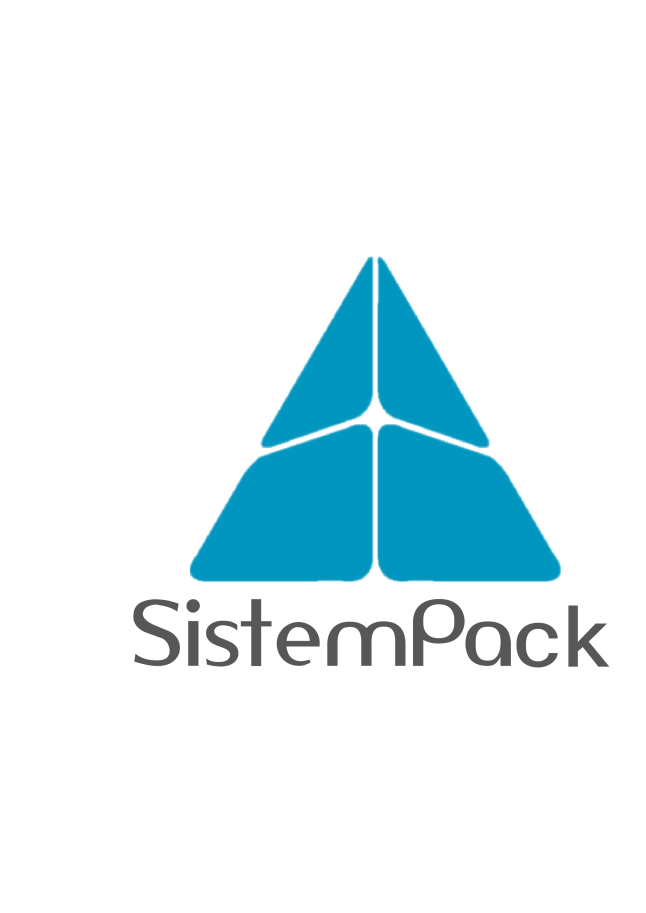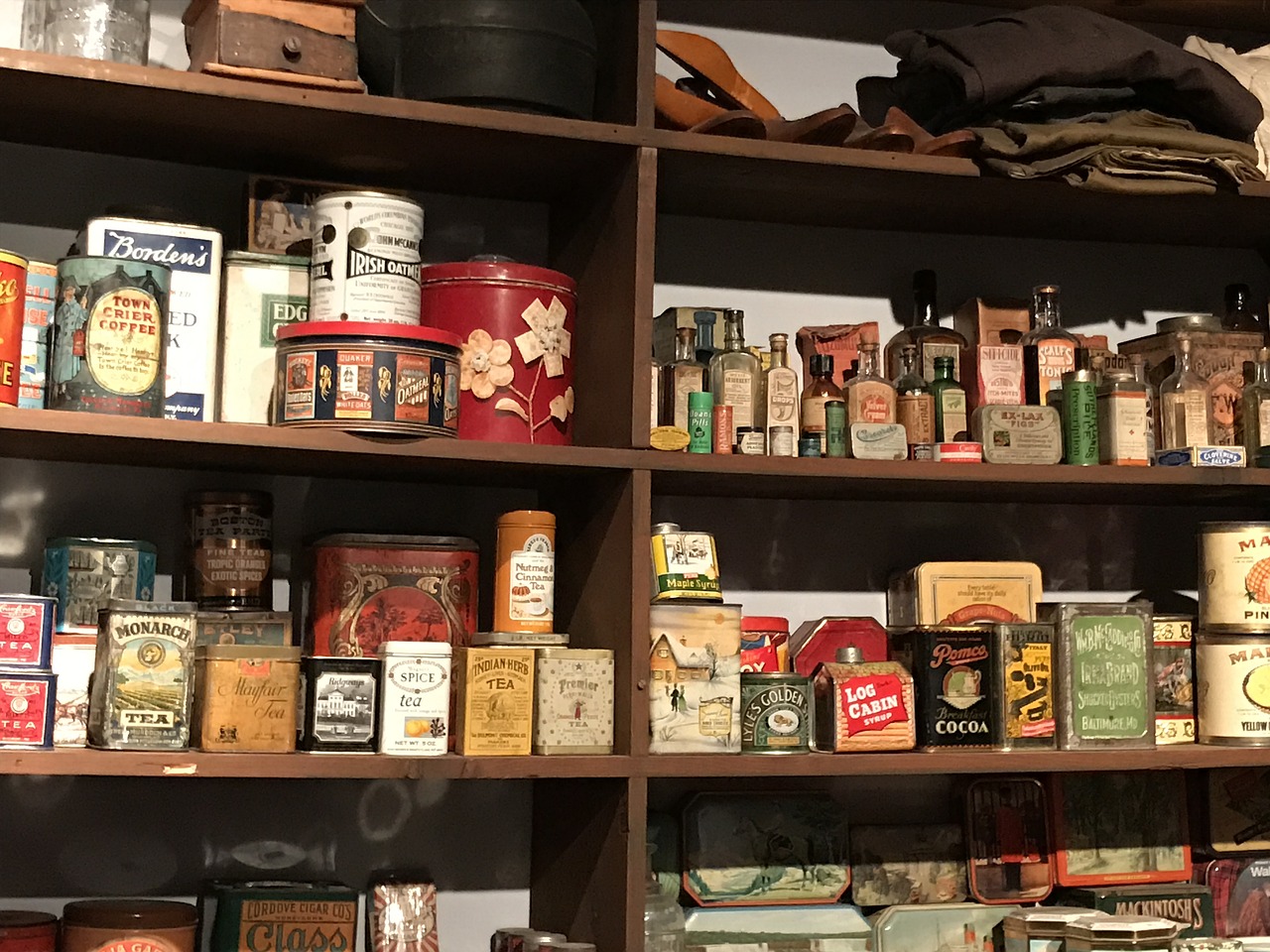In today’s modern world, the food we eat and the packaging it comes in are intrinsically linked. This symbiotic relationship has evolved over time to meet the demands of a growing global population, changing consumer preferences, and advancements in technology. Food packaging plays a pivotal role in preserving food quality, ensuring safety, and enhancing convenience. This article explores the intricate connection between the food we consume and the packaging that encases it.
Preservation and Shelf Life Extension
One of the primary functions of food packaging is to extend the shelf life of perishable products. Packaging materials like plastics, aluminum, and vacuum-sealed pouches create a protective barrier against oxygen, moisture, and external contaminants. This preservation enables food to remain fresh for longer periods, reducing food waste and enabling consumers to enjoy a wider variety of products year-round. Moreover, this extended shelf life contributes to a more efficient supply chain, reducing the environmental impact associated with food production and distribution.
Safety and Hygiene
Food safety is paramount, and packaging plays a crucial role in ensuring the integrity of products throughout the supply chain. Sealed packaging prevents contamination by pathogens, bacteria, and allergens, safeguarding consumer health. Tamper-evident seals and packaging provide an extra layer of security, assuring consumers that their food has not been compromised. The use of barrier materials also reduces the need for chemical preservatives, further enhancing food safety.
Convenience and Portability
Packaging enhances the convenience of modern life. Single-serve packages, resealable bags, and portion-controlled containers make it easy for consumers to grab a quick snack, prepare a meal, or carry food on the go. This convenience aligns with the fast-paced lifestyles of today’s society. Packaging also simplifies storage, allowing consumers to keep food fresher for longer in their homes.
Communication and Branding
Packaging serves as a powerful medium for communication and branding. Labels, logos, and designs convey vital information about the product, such as ingredients, nutritional content, and usage instructions. Packaging is an integral part of marketing and product differentiation, influencing consumer choices. It can also convey information related to sustainability and responsible sourcing, which increasingly influences purchasing decisions.
Environmental Considerations
While packaging provides numerous benefits, it also raises concerns about its environmental impact. Excessive use of single-use plastics and non-recyclable materials has contributed to pollution and waste issues. Consequently, there is a growing shift towards sustainable packaging solutions. Innovations like biodegradable materials, compostable packaging, and recyclable options are being explored to reduce the ecological footprint of packaging in the food industry.
Conclusion
In the modern food landscape, the relationship between what we eat and the packaging it comes in is undeniably interconnected. Packaging serves as a guardian of food safety and quality, an enabler of convenience, and a messenger of information and branding. However, the environmental consequences of excessive packaging are increasingly concerning. Striking a balance between these advantages and minimizing environmental harm remains a challenge for both the food industry and consumers.
As we move forward, sustainable packaging practices and responsible consumer choices will be pivotal in shaping the future of food packaging. Finding innovative solutions to reduce waste while preserving the benefits of packaging is essential to ensure a harmonious coexistence between our food and its protective encasement.

